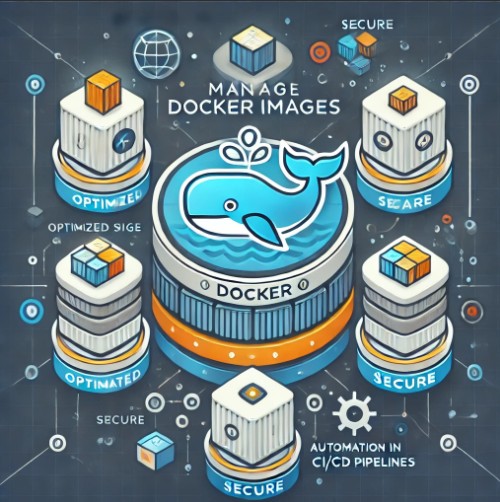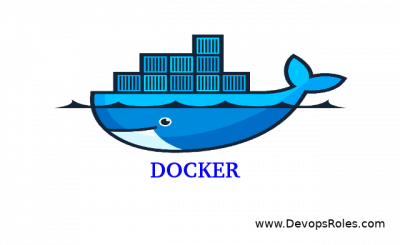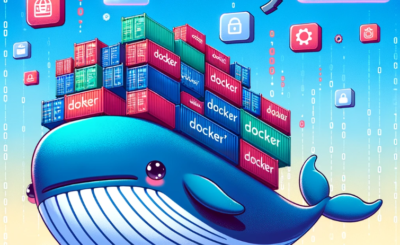Table of Contents
- 1 Introduction
- 2 Why Proper Management of Docker Images Matters
- 3 Best Practices for Manage Docker Images
- 4 Frequently Asked Questions (FAQs)
- 5 External Links
- 6 Conclusion
Introduction
Docker has revolutionized the way developers build, ship, and run applications by leveraging containerization. At the heart of this system are Docker images, which serve as the blueprints for containers. Manage Docker images effectively is essential to ensure efficient workflows, save storage space, and enhance security. In this article, we explore best practices for managing Docker images, from basic steps to advanced strategies, enabling you to maintain a streamlined and secure container environment.
Why Proper Management of Docker Images Matters
Efficient Docker image management is crucial for:
- Optimized Resource Usage: Minimizing disk space and network bandwidth.
- Enhanced Security: Reducing vulnerabilities through regular updates.
- Operational Efficiency: Simplifying CI/CD pipelines and deployment.
- Cost Savings: Lowering cloud storage and infrastructure costs.
Best Practices for Manage Docker Images
1. Use Minimal Base Images
Why It Matters:
Base images form the foundation of Docker images. Choosing minimal base images ensures smaller image sizes and reduced attack surfaces.
Examples:
- Use
alpineinstead of larger images likeubuntu:FROM alpine:latest
- Prefer official and verified images from trusted sources.
2. Tag Images Properly
Why It Matters:
Consistent and meaningful tagging simplifies version management and rollback.
Best Practices:
- Use semantic versioning (
1.0,1.0.1) for production images. - Include descriptive tags such as
stable,beta, ordev. - Avoid using the
latesttag for critical deployments.
3. Optimize Image Size
Why It Matters:
Smaller images reduce build times and network transfer overheads.
Techniques:
Why It Matters:
Smaller images reduce build times and network transfer overheads.
Techniques:
- Multistage Builds: Separate build and runtime dependencies.
# Stage 1: Build
FROM golang:1.19 AS builder
WORKDIR /app
COPY . .
RUN go build -o myapp
# Stage 2: Runtime
FROM alpine:latest
WORKDIR /app
COPY --from=builder /app/myapp .
CMD ["./myapp"]- Remove unnecessary files using
.dockerignore.
4. Regularly Update and Remove Unused Images
Why It Matters:
Outdated images can harbor vulnerabilities and consume storage.
Steps:
- List images:
docker images
- Remove unused images:
docker image prune
- Schedule updates for images:
docker pull <image_name>
5. Implement Security Best Practices
Why It Matters:
Secure images reduce risks of exploitation and data breaches.
Guidelines:
- Scan images for vulnerabilities using tools like Trivy or Docker Scan:
docker scan <image_name>
- Avoid embedding sensitive information (e.g., API keys) in images.
- Leverage signed images with Docker Content Trust (DCT).
6. Automate Image Management in CI/CD Pipelines
Why It Matters:
Automation ensures consistent builds and reduces manual intervention.
Workflow:
- Use tools like Jenkins, GitHub Actions, or GitLab CI to automate builds.
- Push images to registries programmatically:
docker build -t myapp:1.0 .docker push myregistry/myapp:1.0
Frequently Asked Questions (FAQs)
1. What is the best base image to use?
Minimal base images like alpine or debian-slim are generally recommended for production.
2. How do I scan Docker images for vulnerabilities?
Use tools like Docker Scan, Trivy, or Aqua Security to identify and resolve vulnerabilities.
3. Can I automate the removal of unused images?
Yes, schedule docker image prune commands in cron jobs or CI/CD pipelines.
4. What are multistage builds?
Multistage builds separate build dependencies from runtime, resulting in smaller, optimized images.

External Links
Conclusion
Managing Docker images effectively is a cornerstone of modern containerized workflows. By adhering to best practices such as using minimal base images, optimizing size, ensuring security, and automating processes, you can streamline operations while mitigating risks. Start implementing these strategies today to maintain a robust and efficient container ecosystem. Thank you for reading the DevopsRoles page!


